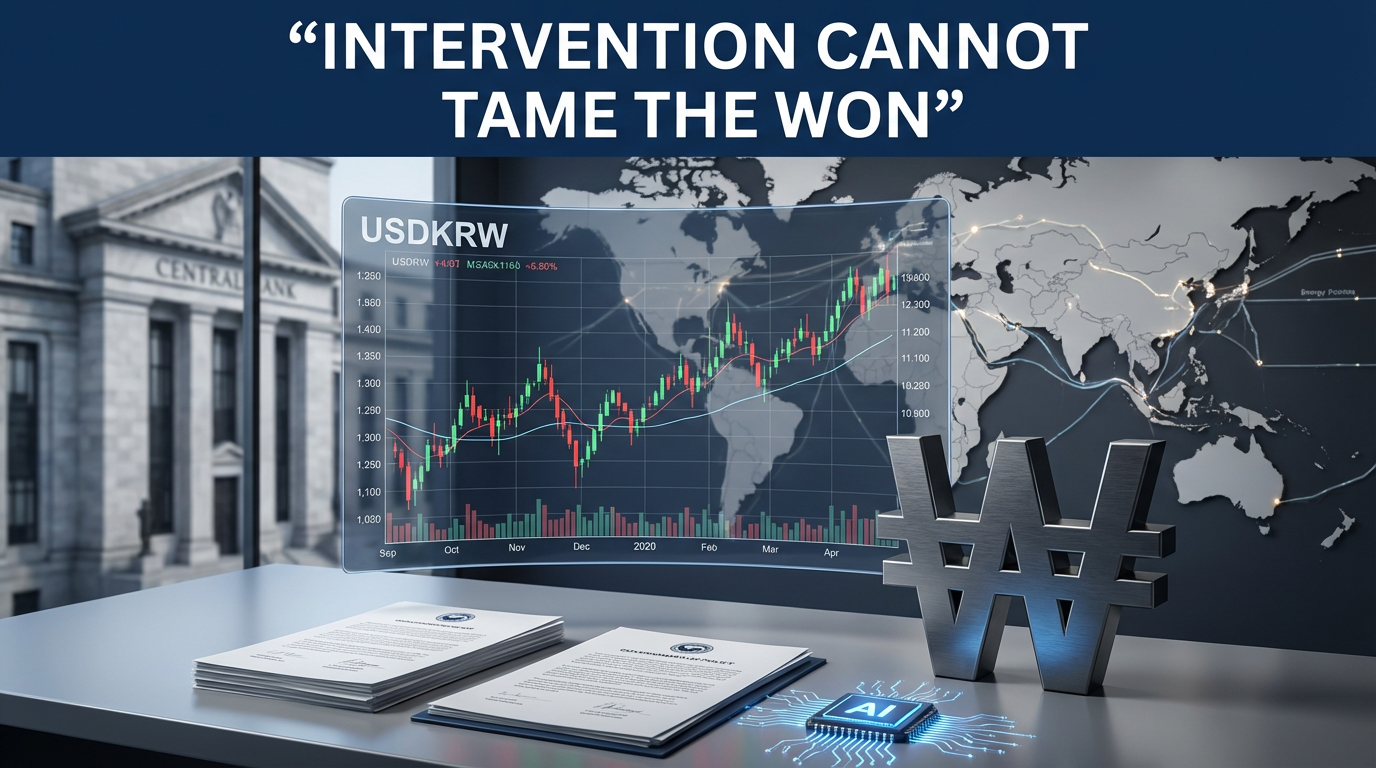### Analysis of the U.S.’s Additional Tariff Policies and China’s Retaliatory Measures
Recently, former U.S. President Trump announced the imposition of an additional 25% tariff on steel and aluminum products imported into the United States. This measure is in addition to existing tariffs, and as China has also implemented retaliatory tariff measures, the U.S.-China trade conflict is intensifying again. Let’s analyze the details of this measure and examine its impact on the global economy.
1. U.S.’s Additional Tariff Measures
① Trump’s Announcement
Former U.S. President Trump announced aboard his private jet that “an additional 25% tariff will be imposed on all steel and aluminum products imported into the United States.” The White House spokesperson also confirmed that this tariff measure is in addition to existing tariffs.
② Past Tariff Policies of the Trump Administration
During his first term, Trump had already imposed tariffs of 25% on steel and 10% on aluminum, citing national security reasons. However, at that time, he applied separate exceptions through negotiations with some countries. This measure is interpreted as a more comprehensive additional tariff imposition.
③ Announcement of Reciprocal Tariff Policies
Former President Trump additionally announced plans to introduce ‘reciprocal tariffs’ at levels similar to the tariff rates imposed by the other country on U.S. products. In other words, if a specific country imposes a 10% tariff on U.S. products, the United States will impose the same level of tariff.
2. China’s Retaliatory Tariff Measures
① China’s Response
In response to the U.S. tariff imposition, China also announced retaliatory tariffs. Additional tariffs on U.S. products took effect on the 10th, and the following items will be affected:
- U.S. Coal and LNG (Liquefied Natural Gas): 15% tariff
- Crude Oil and Large Agricultural Machinery: 10% tariff
- Large Displacement Vehicles: 10% tariff
② Background of Retaliatory Tariffs
On the 4th, China had foreshadowed retaliatory measures in response to the U.S. implementing an additional 10% tariff on Chinese products. This measure signals the possibility that the trade conflict between the United States and China will escalate into a full-scale war, beyond simple tariff increases.
3. Impact on the Global Economy
① Re-ignition of the Global Trade War
President Trump’s strengthened tariff policies and China’s retaliatory measures are likely to fully re-ignite the global trade war. In particular, with the global economy already experiencing inflation and recession issues, additional trade conflicts can increase economic uncertainty.
② Impact on the U.S. Economy
- Rising Prices of Steel and Aluminum Raw Materials: As manufacturing costs increase, final product prices may also rise.
- Increased Consumer Burden Due to Rising Import Prices: Prices of cars, electronics, etc. are likely to rise due to tariff increases.
③ Impact on the Chinese Economy
- Decreased Dependence on U.S. Energy Resources: China has significantly increased its imports of U.S. LNG and crude oil in recent years, but this retaliatory tariff may force it to change its energy procurement strategy.
- Damage to Manufacturing: If the U.S.-China conflict continues, Chinese manufacturers may lose competitiveness in the U.S. market.
④ Ripple Effects on the Global Economy, Including South Korea
- Increased Burden on the Korean Steel Industry: South Korea is also one of the major countries exporting steel to the United States. Due to the additional tariffs, the Korean steel industry may become disadvantaged in export price competitiveness.
- Price Changes in Semiconductors and IT Products: Fluctuations in semiconductor component prices may occur due to the trade conflict between the United States and China, which may also affect the Korean IT industry.
Conclusion
The trade war between the United States and China is likely to reignite, which is expected to have a significant impact on the global economy. Major exporting countries, including South Korea, must prepare for these changes, and in particular, the steel, energy, and IT industries are likely to be directly affected.
[Related Articles]
*Source : [SBS 뉴스] 트럼프 “철강·알루미늄 제품 25% 추가 관세” / SBS



